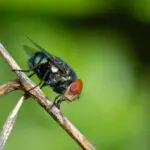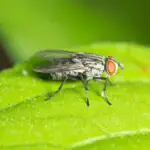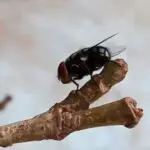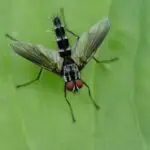How Much Do Flies See?
Flies’ eyesight is very low resolution. They have a relatively small head that can only house a limited number of facets. In addition to this, their vision is blurry, and they process light and fast movements quickly. We humans can discern up to 60 discrete flashes of light per second, but this varies depending on the lighting conditions and the part of the retina used.
The way flies see is most easily explained by their mosaic-like vision. Their eyes contain thousands of tiny images, or ommatidia, that converge to form a single image when viewed from a distance. The more ommatidia a fly has, the clearer its image will be.
While humans see images at around 60 frames per second, most fly species perceive time at approximately four times slower rates. In other words, humans perceive time as a continuous video while flies and turtles process it as a series of discrete flashes that are sent to the brain.
Scientists have found that insects’ eyesight is better than what we thought. Their compound eyes are made up of thousands of tiny lens-capped ‘eye-units’ that should be able to capture low-resolution pixelated images. By comparison, human eyes have a single lens and bulge as light focuses on the retinal light-sensor array. The retina is equivalent to a megapixel “camera chip” inside the eye.








